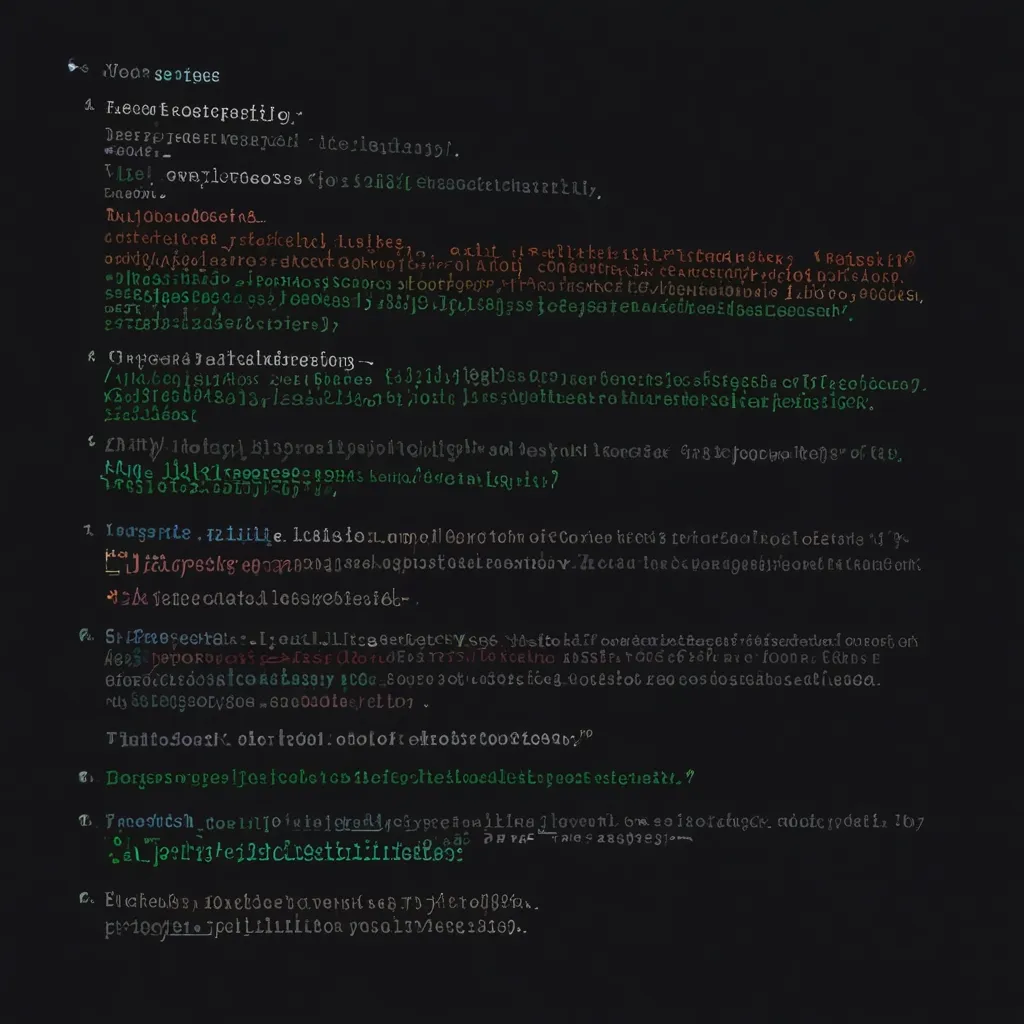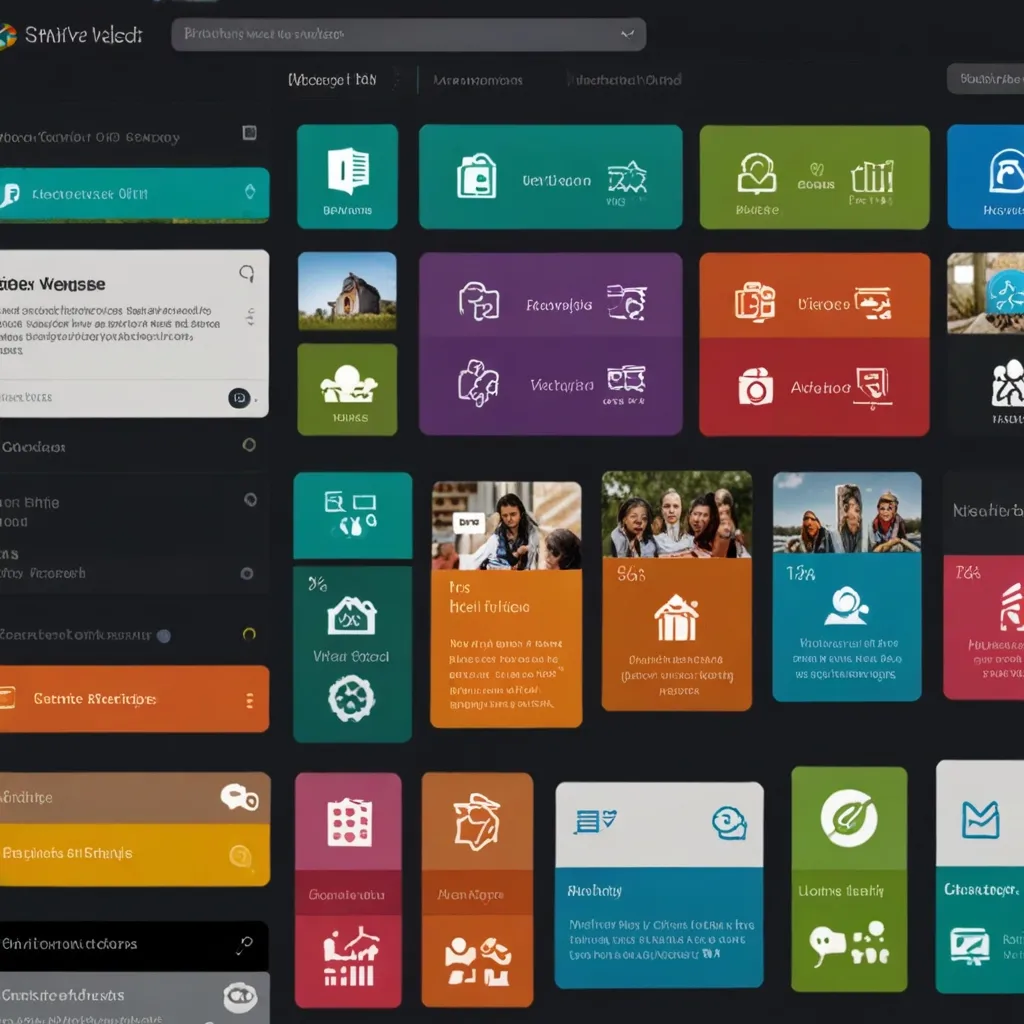Angular has come a long way since its inception, and with the introduction of standalone components, it’s taking a giant leap towards simplicity and flexibility. Gone are the days of wrestling with NgModules for every little thing. Now, we can create components that stand on their own two feet, free from the shackles of module declarations.
So, what’s the big deal about standalone components? Well, imagine you’re building a house. In the old Angular world, you’d need to create a blueprint (NgModule) for every room, even if you just wanted to add a small decorative item. It was like needing permission from the city to hang a picture frame! With standalone components, you can now add that picture frame wherever you want, no extra paperwork required.
Let’s dive into what makes standalone components so awesome. First off, they’re self-contained. You don’t need to declare them in a module anymore. This means less boilerplate code and fewer files to juggle. It’s like going from a cluttered desk to a zen minimalist workspace – suddenly, everything feels more manageable.
Here’s a quick example of how you’d create a standalone component:
import { Component } from '@angular/core';
@Component({
selector: 'app-awesome-button',
standalone: true,
template: '<button>Click me!</button>'
})
export class AwesomeButtonComponent {}
See that standalone: true property? That’s the magic sauce that makes this component independent. No NgModule in sight!
But wait, there’s more! Standalone components can import other standalone components, directives, and pipes directly. It’s like a potluck where everyone brings their own dish – no need for a central organizer to coordinate everything.
Let’s say you want to use your awesome button in another standalone component:
import { Component } from '@angular/core';
import { AwesomeButtonComponent } from './awesome-button.component';
@Component({
selector: 'app-cool-feature',
standalone: true,
imports: [AwesomeButtonComponent],
template: '<h1>Cool Feature</h1><app-awesome-button></app-awesome-button>'
})
export class CoolFeatureComponent {}
Just import it and add it to the imports array. Easy peasy lemon squeezy!
Now, I know what you’re thinking. “But what about services and dependency injection?” Fear not, my friend. Standalone components play nice with Angular’s dependency injection system. You can still provide services at the component level or use the new inject function for even more flexibility.
Here’s how you’d use a service in a standalone component:
import { Component, inject } from '@angular/core';
import { DataService } from './data.service';
@Component({
selector: 'app-data-display',
standalone: true,
template: '<p>{{data}}</p>'
})
export class DataDisplayComponent {
private dataService = inject(DataService);
data = this.dataService.getData();
}
The inject function is like a personal assistant for your components, fetching whatever services they need without any fuss.
But what about testing, you ask? Well, standalone components are a tester’s dream come true. Since they’re self-contained, you can test them in isolation without worrying about module dependencies. It’s like being able to test a car’s engine without having to assemble the entire vehicle.
Here’s a simple test for our awesome button:
import { ComponentFixture, TestBed } from '@angular/core/testing';
import { AwesomeButtonComponent } from './awesome-button.component';
describe('AwesomeButtonComponent', () => {
let component: AwesomeButtonComponent;
let fixture: ComponentFixture<AwesomeButtonComponent>;
beforeEach(async () => {
await TestBed.configureTestingModule({
imports: [AwesomeButtonComponent]
}).compileComponents();
fixture = TestBed.createComponent(AwesomeButtonComponent);
component = fixture.componentInstance;
fixture.detectChanges();
});
it('should create', () => {
expect(component).toBeTruthy();
});
});
No need to create a test module or import a bunch of irrelevant stuff. Just import the component and you’re good to go!
Now, you might be wondering, “Is this the end of NgModules?” Not quite. NgModules still have their place, especially for larger applications or when you need to configure providers at a broader level. But for many use cases, standalone components offer a simpler, more intuitive approach.
The beauty of standalone components is that they give you options. You can mix and match standalone components with traditional module-based components in the same application. It’s like having a Swiss Army knife – you can use the tool that best fits the job at hand.
One of the coolest things about standalone components is how they can improve lazy loading. Instead of loading entire modules, you can now lazy load individual components. It’s like ordering à la carte instead of a set menu – you get exactly what you want, when you want it.
Here’s how you might lazy load a standalone component:
const routes: Routes = [
{
path: 'cool-feature',
loadComponent: () => import('./cool-feature.component').then(m => m.CoolFeatureComponent)
}
];
This approach can significantly improve your app’s performance, especially for larger applications with lots of features.
Standalone components also shine when it comes to creating libraries. You can now create and share components without the overhead of NgModules. It’s like being able to lend someone a book without giving them your entire bookshelf.
But let’s be real for a second. Transitioning to standalone components isn’t all sunshine and rainbows. If you’re working on an existing Angular project, you’ll need to carefully plan your migration strategy. It’s like renovating a house while you’re still living in it – doable, but it requires some thought and coordination.
Here are a few tips for migrating to standalone components:
- Start small. Convert simple, leaf components first.
- Use the new
standaloneschematic to help with the conversion process. - Gradually move towards standalone components as you refactor or add new features.
- Keep your team in the loop and update your coding guidelines.
Remember, it’s not a race. Take your time and enjoy the process of simplifying your codebase.
As we wrap up this deep dive into standalone components, I can’t help but feel excited about the future of Angular development. It’s like watching your favorite show evolve and get better with each season. Standalone components represent a shift towards a more intuitive, flexible way of building Angular applications.
They reduce boilerplate, improve testability, and give developers more control over their application structure. It’s a win-win situation that makes Angular more accessible to newcomers while providing experienced developers with powerful new tools.
So, are you ready to say goodbye to excessive NgModules and hello to the simplicity of standalone components? Give them a try in your next project or start gradually introducing them into your existing codebase. You might just find that they make your Angular development experience a whole lot more enjoyable.
Remember, the goal of these changes is to make our lives as developers easier and more productive. So embrace the simplicity, enjoy the flexibility, and happy coding!






